Paula Bohince
IRISES AND GRASSHOPPER
Client in a house of courtesans, tableau
of masculine and feminine.
The irises lie back, languorous, dark pink
at the centers and lighter at limbs.
The grasshopper, in his armor, grips the green
blade. Proximity is ecstasy
enough. A homesick soldier will kneel
at any woman’s bed, to lose his mind beside
the nakedness of corolla and calyx.
After the woodblock print “Irises and Grasshopper”
by Katsushika Hokusai, 1760-1849, Japan
*
A CHILD’S NIGHTMARE OF GHOSTS
Because the young are so capable
of dying, unsure of what’s real in the world,
the territorial ghosts exploit them.
The torment is real. The mother lays
down her sewing needle
and watches the changing weather of her
child’s features. It is theater,
and weakness to look, before
waking him. The thrill of a fish wrestling
with a hook, from a balcony of boat.
After the woodblock print “A Child’s Nightmare of Ghosts”
by Kitagawa Utamaro, 1756-1806, Japan
*
MOUNTAIN AND RIVER ON THE KISO ROAD
The weasel in its Winter fur lies down
to dream. The silent film
freezes. Snow shuddering from shoulders,
the animal looks asleep.
Now landscape is deadened,
unblemished by fantasy.
Ice in the blue insistence
has no emotion. How beautiful
its absence, the blankness of snowflakes
when they hit, unheard hiss of is, is, is…
After the woodblock print “Mountain and River on the Kiso Road”
by Utagawa Hiroshige, 1797-1858, Japan
*
GOLDEN PHEASANT AND PEONIES
The deep dark gold of persimmon
or Autumn or permission
withheld, he is locked off as a vault
while the peonies are ladies
at a bathhouse—white, exposed,
etched in driven white.
His breastplate leafs alone, while
the flowers have friendship:
fragrant, sodden clouds in Summer
heat. Noble, lonely, he wants
to be found. Wants a signal of We
are the same, in the deep dark down.
After the woodblock print “Golden Pheasant and Peonies”
by Isoda Koryusai, 1735-1790, Japan
*
FIREFLY CATCHING
From the cracked black sky come
the month’s pleasure-pulses. The mother drops one
into a hand-sized box, brought for this
purpose: revel before release. The daughter,
strange and familiar, is the picture
of original experience, when excitement dominated veins
before slowing to a swollen flicker. Reminiscence
of girlhood before the lit-up river.
After the woodblock print “Firefly Catching”
by Eishosai Choki, 1756-1808, Japan
*
ROCKY SHORE OF KOYURUGI
Waves wraith, eagle-like. Talons unhinged
attack the rocks again and again.
In the glossary of conflict, no nature
against nature, as man will wage
endless battle with himself or his enemies.
The past and future exist
in paranoia only, to enhance the skeptical
present. Banked by emptiness.
The trees, like children, learn to live
at a distance, or else suffer the consequence
of someone else’s circumstance.
After the woodblock print “Rocky Shore of Koyurugi”
by Utagawa Hiroshiga, 1797-1858, Japan
* *
Image: Ana Wingeyer, from the series “Artistic Moths.” Curated by Marisa Espínola of Espacio en Blanco (more).
[ + bar ]
The Internet as Novel
On Carlos Labbé’s Piezas secretas contra el mundo (Periférica 2014)
Samuel Rutter
A recent interview in El País identified Carlos Labbé (Santiago de Chile, 1977) as a writer at... Read More »
Primavera – Fall 2013: Tongue Ties
This first quarterly issue of the Buenos Aires Review boasts new literary works from a variety of tongues—French, Galician, German, Portuguese, Russian, and a touch of Hungarian accompany... Read More »
The Reversal Spell
David Leavitt
The day that Paris was declared an Open City, I went to say goodbye to the Baron. He was one of my oldest friends.... Read More »
Dossier Bellatin
The Buenos Aires Review just turned two, and we’re celebrating with champagne and a dossier on one of our favorite writers: Mario Bellatin.
Bellatin is a luminary of contemporary Latin... Read More »
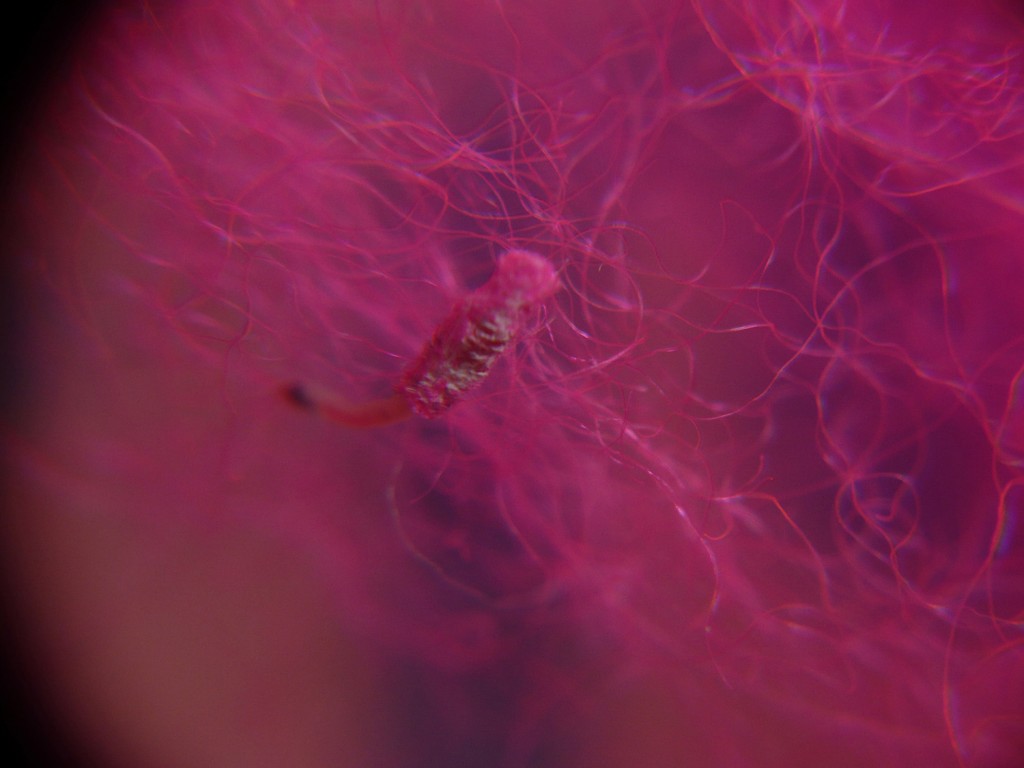
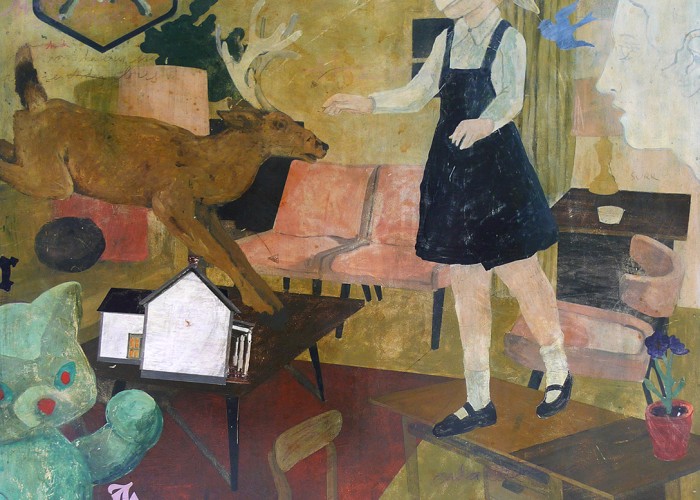
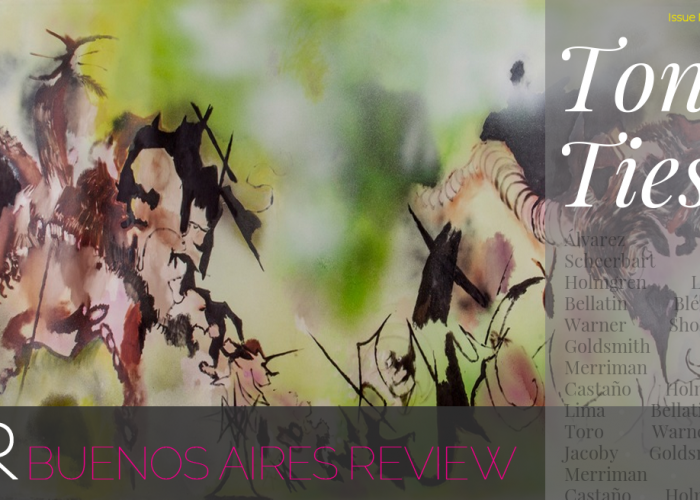
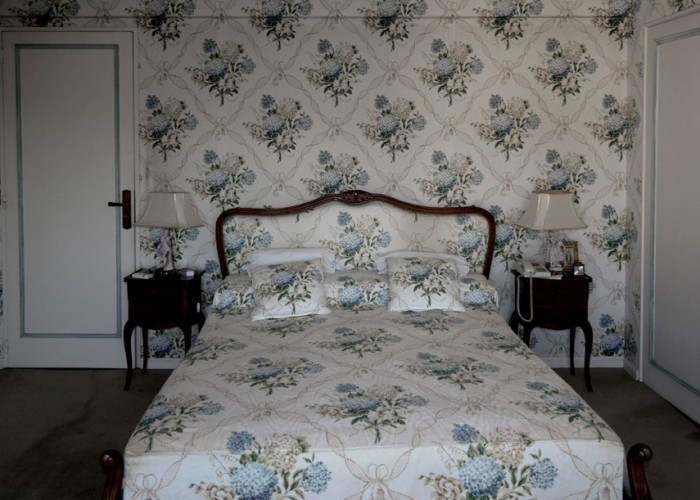
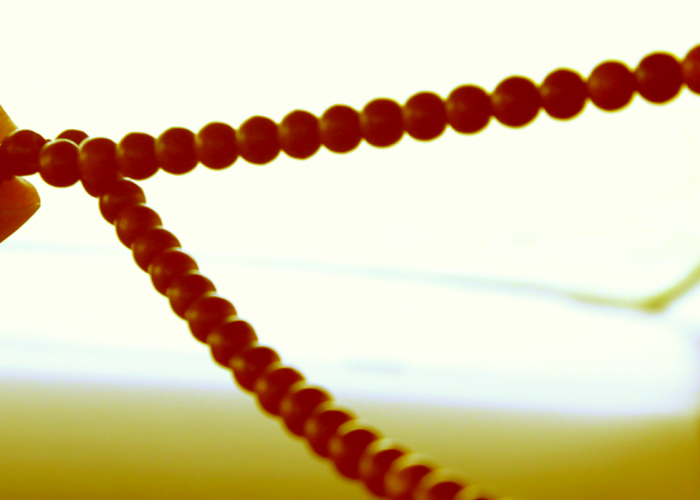



 sending...
sending...